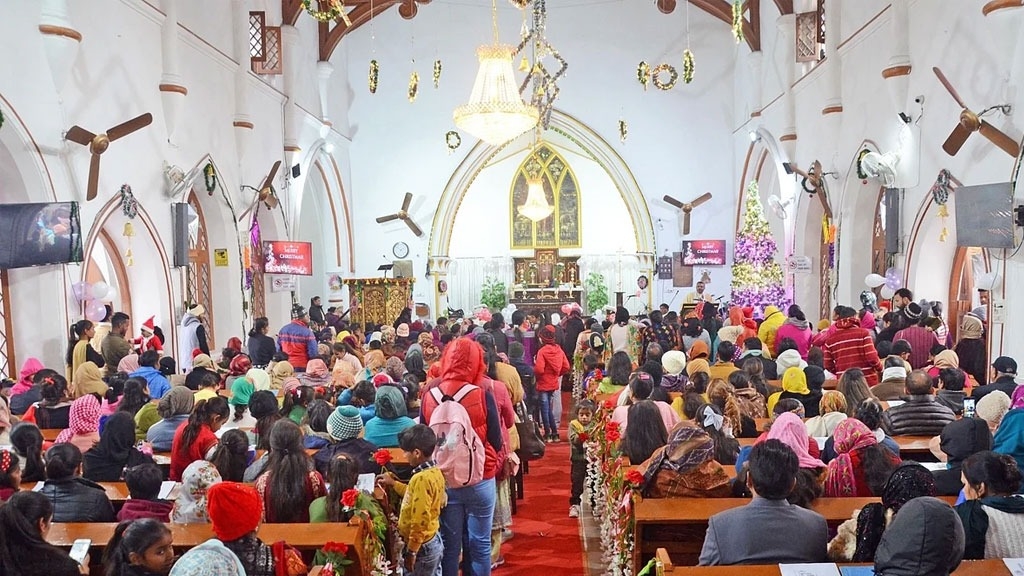One of the most pressing unity challenges facing churches today involves bridging generational divides. Traditional hymns versus contemporary worship. Suits and ties versus casual dress. Print bulletins versus digital announcements. These surface-level differences often reflect deeper questions about how to honor the past while engaging the present, and they can create tension that undermines the unity Christ desires for His church.
The root of generational conflict in churches often stems from different assumptions about worship, community, and mission. Older generations may value tradition, formal reverence, and maintaining practices that have spiritually sustained them for decades. Younger generations often prioritize authenticity, accessibility, and culturally relevant expressions of timeless truths. Both perspectives offer valuable insights, and healthy churches find ways to honor both.
Scripture provides wisdom for navigating these tensions. Paul's approach in 1 Corinthians 9:22 – "I have become all things to all people so that by all possible means I might save some" – demonstrates flexibility in methods while maintaining consistency in message. Churches can apply this principle by recognizing that different generational preferences aren't necessarily right or wrong, but may be more effective for reaching different people groups.
Successful generational unity requires intentional relationship-building across age groups. This happens when older members serve as mentors rather than critics, sharing their wisdom while remaining open to fresh perspectives. It occurs when younger members approach established traditions with respect and curiosity rather than dismissal. Both groups benefit when they focus on learning from each other rather than simply defending their preferences.
Worship services can incorporate elements that speak to different generational preferences without compromising theological content. This might mean blending musical styles, using technology thoughtfully rather than for its own sake, or creating multiple service options that allow people to worship in ways that help them connect with God while maintaining the same biblical foundation.
The most powerful generational unity often emerges around shared mission and service. When churches engage together in evangelism, community service, or caring for members in need, generational differences fade into the background. A grandmother and a college student working side by side in a soup kitchen discover their common heart for serving others. A business executive and a recent retiree find shared purpose in leading a small group Bible study.
Church leadership plays a crucial role in modeling and facilitating generational unity. Leaders who publicly celebrate the contributions of different age groups, actively seek input from various generations, and demonstrate flexibility while maintaining biblical convictions create environments where unity can flourish. They help their congregations see that diversity of age, like diversity of spiritual gifts, strengthens rather than weakens the body of Christ.




Comments